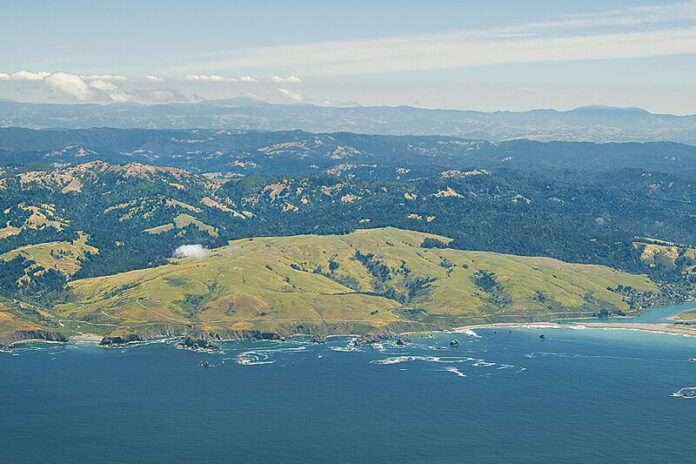
County supervisors to host series of public workshops to finalize updates
Public reviews of a proposed update to the Sonoma County Local Coastal Plan — now two years in the drafting — will inch forward on Nov. 10 with a series of virtual workshops in front of the county Board of Supervisors. Exact times and formats are yet to be announced.
Originally written in 1981, the state-mandated coastal protection plan must be updated at least every decade. The plan outlines permitted uses along the 55 miles of the county’s Pacific Ocean coastline. The current plan supports agricultural uses, public recreational access, protection of water resources, coastal village zoned permitted land uses and protection of natural resources, habitat and native species.
Following a series of preliminary public hearings on the draft plan in late 2019, some citizens raised concerns about language to allow or expand eco-tourism uses and potential new allowances for farmworker housing. Some respondents wondered if eco-tourism was a couched term to allow expanded winetasting and special event venues. And others wanted more specific definitions of where farmworker housing would be allowed and if it might allow development encroachment into ag or open space zoned lands.
County supervisor Lynda Hopkins, who represents the coast, said after last year’s sessions that those concerns might reflect real flaws or misunderstandings. “I don’t see the (plan) as promoting development at all, but the fear is always there when it comes to the coast,” said Hopkins. “So, if there’s room for interpretation, then I think it’s important that we make explicit the vision of the coast that we want to see.”
A lack of mention about climate change also was registered at the sessions held in Bodega Bay, Santa Rosa, Sea Ranch and elsewhere.
Sonoma County’s Pacific coastline is a mostly public and pristine landscape of bluffs, beaches, redwood forests and a sprinkling of small settlements at Bodega Bay, Jenner, Timber Cove, Fort Ross, Stewart’s Point and Sea Ranch. This preservation of open space and free public access did not happen by accident. It took nearly a decade of local citizen action to stave off development forces and future negative impacts.
In the late 1960s, the local coast was being threatened with plans to build five power plants, including a large nuclear reactor at Bodega Bay. The mouth of the Russian River was being eyed as a dredging site for gravel to build the Bay Area Rapid Transit (BART.) The private Sea Ranch development was being proposed to close 10 miles of coast to all public access. Numerous subdivisions were being proposed between Bodega Bay and Timber Cove where there is now only county and state parks.
At about the same time, plans were underway for massive housing developments along the coast. In the mid-1960s, the Jenner Bay Corporation proposed a 1,100 acre, 2,000-home project, with condominiums at Goat Rock, a golf course at Shell Beach, and a shopping center and Safeway at the intersection of Highway 1 and Highway 116. A 3,600-acre large lot subdivision was slated for Willow Creek.
Grassroots citizen opposition led to the passage of the California Coastal Act (Prop.20) which led to creation of the California Coastal Commission and the requirement for coastal counties to write a Local Coastal Plan for their region. The effort in Sonoma County was led by Petaluma veterinarian Bill Kortum, his wife Lucy and other environmentalists.
The Local Coastal Plan also covers acreage that reaches inland to include Cazadero, Duncan’s Mills, Bodega, Freestone, Occidental and Camp Meeker. The population of the zone is 3,385, with half of the inhabitants living in Bodega Bay and Sea Ranch. The draft plan written by staff at Permit Sonoma is 424 pages, plus maps and 10 appendices.
The staff-written introduction to the daft plan reads: “The intent of the Local Coastal Plan Update is not to encourage new or increased development. The current Local Coastal Plan meets the goals of the California Coastal Act to preserve coastal resources, and this Update continues the existing protections.” The lead Permit Sonoma planner for the update is Gary Helfrich. Questions about the update and upcoming hearings can be addressed to him by phone at 707-565-2404.







